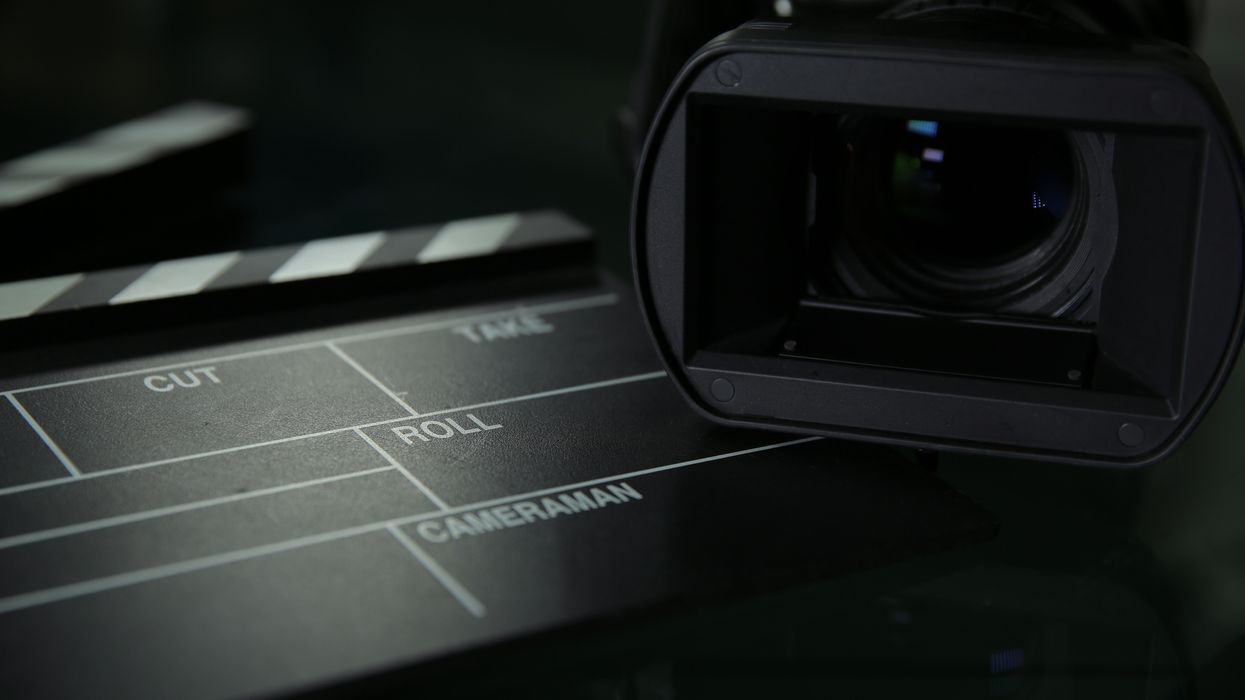How to Shoot, Edit, and Use B-Roll to Make Better Films
Even though it's considered "supplemental," b-roll footage is just as important as anything else you shoot.

Where there is beautifully crafted principal photography there is often overlooked b-roll supporting the hell out of it. Seriously, b-roll is crazy important. It keeps a boring talking head segment interesting, alerts us to important items within a scene, and silently reveals important aspects of a subject's character through the magic of visual storytelling.
If you want to become a rockstar at shooting and editing b-roll, then check out this video from John Luna. In it, you'll get to learn not only how to how to use supplemental footage in your projects, but also how it can help you tell more dynamic stories.
Like principal photography, b-roll requires a lot of thought and preparation before you just go off and shoot. A lot of beginners treat it like an afterthought but don't fall into that trap, because there's a very apparent difference between carefully planned b-roll and b-roll that was shot randomly within the last half an hour you were at a location.
So, what are some best practices when it comes to capturing b-roll?
- Shoot a lot of it: Like, shoot until you're like, "Damn, that's a lot of b-roll," and then shoot about 4 times more. Like, when you say, "Seriously, this is way too much fucking b-roll," you're about halfway there.
- Get a lot of different kinds of shots: Ah, variation. That's the key to good b-roll. Capture every angle and every shot size (coverage), move your camera, don't move your camera, zoom, rack focus, and do pretty much everything you can think of because the more you shoot the more you have to work with in post.
- Shoot at a high frame rate: Shooting at higher frame rates gives you the ability to slow down your footage in post, which, of course, gives you those beautiful and epic slow-mo shots. Check your camera to see how high the frame rate settings go. 60 fps is okay, 120 fps is better, and anything higher than that is golden.
What are some other tips on shooting b-roll? Let us know down in the comments.
Source: John Luna












